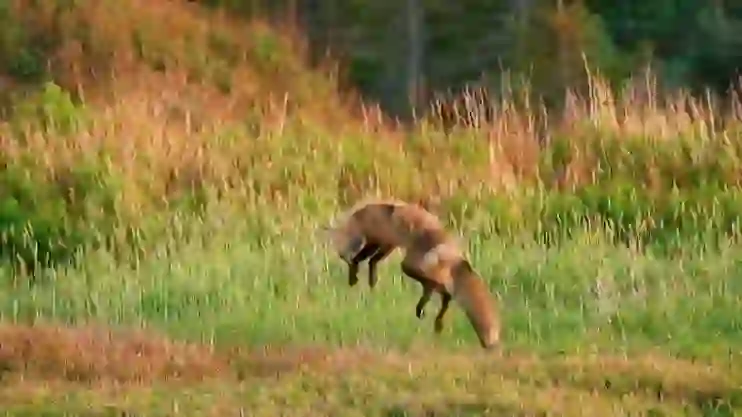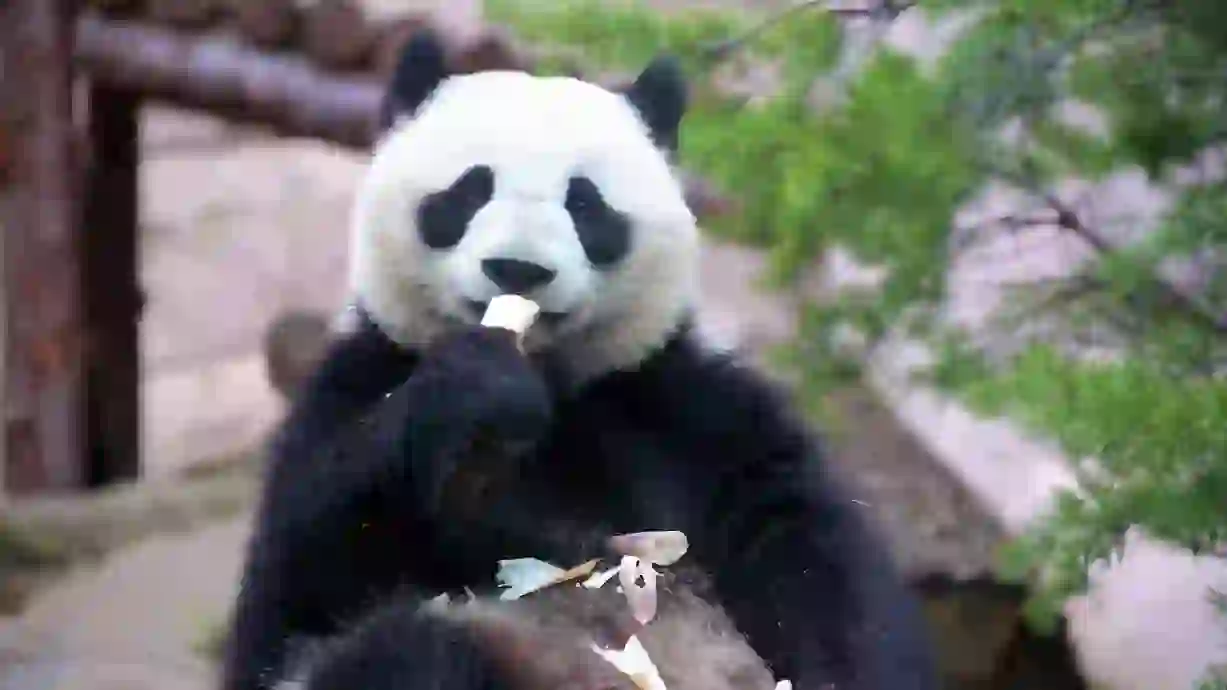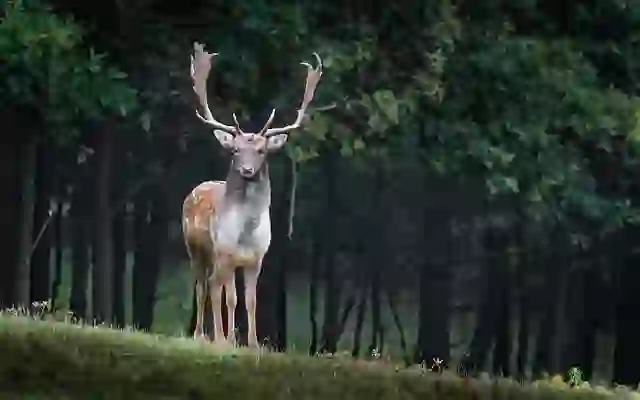
Sri Lankan Elephant
Sri Lankan Elephant
Sri Lankan Elephant
The Sri Lankan elephant, a majestic subspecies of the Asian elephant, inhabits the beautiful island of Sri Lanka. These elephants have evolved uniquely in the rich natural environment of Sri Lanka, deeply intertwined with the island's culture. Let's delve into the ecology of the Sri Lankan elephant and the environmental challenges they face.
Sri Lankan Elephant Basic Infomation
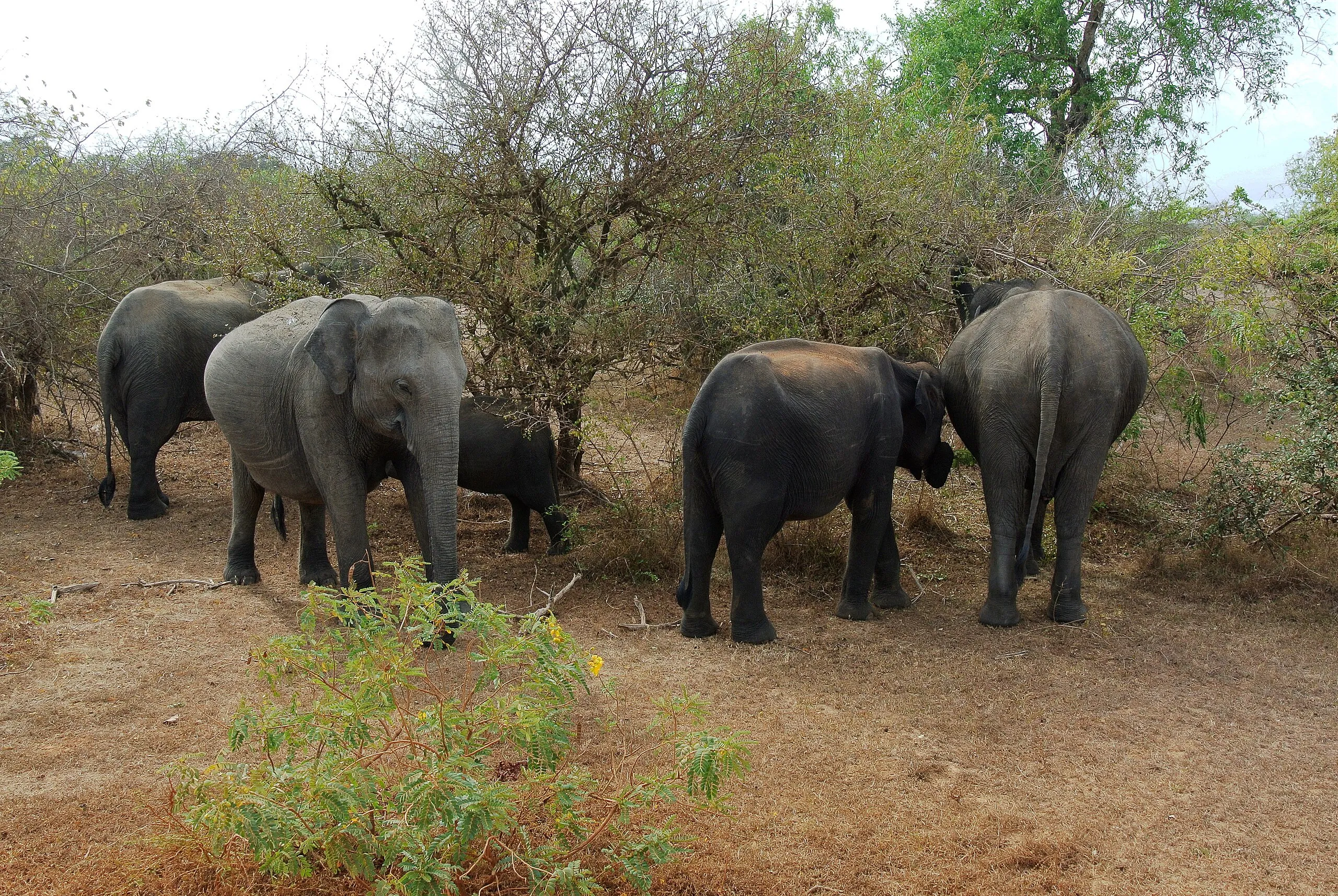
| Property | Value |
|---|---|
| Scientific Name | Elephas maximus maximus |
| Taxonomic Status | SUBSPECIES |
| Rank | SUBSPECIES |
| Vernacular Names | Sri Lankan elephant |
| Kingdom | Animalia |
| Phylum | Chordata |
| Class | Mammalia |
| Order | Proboscidea |
| Family | Elephantidae |
| Genus | Elephas |
| Habitats | Forest areas of Sri Lanka |
| Conservation Status | Endangered (EN) |
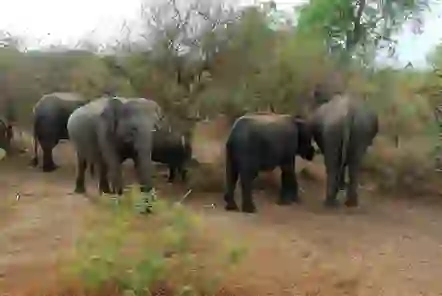
Size
They stand about 8.2 to 11.5 feet (2.5 to 3.5 meters) tall at the shoulder and weigh around 6,600 to 12,100 pounds (3,000 to 5,500 kilograms). They are one of the larger Asian elephant subspecies. Males are larger than females and often have prominent tusks.
_female_and_young_7.webp?alt=media)
Lifespan
They can live for about 60 to 70 years in the wild.
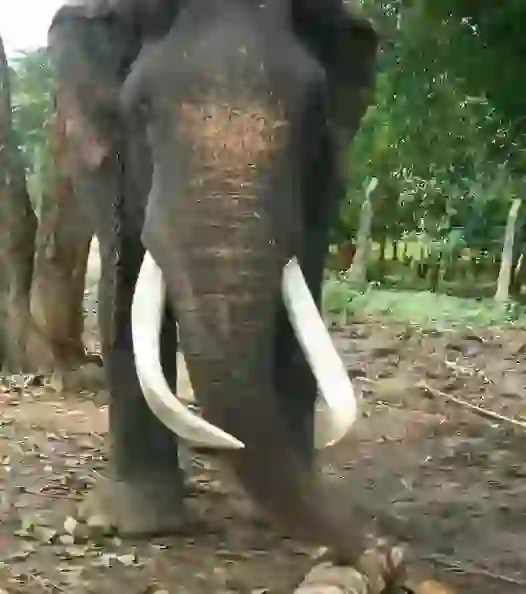
Distribution
They are endemic to Sri Lanka. They were once found throughout the island, but their numbers have drastically declined, and they are now found only in a few areas. They prefer dry forest and grassland areas, and are sometimes found near water.
Sri Lankan Elephant Q&A

What kind of elephant is the Sri Lankan elephant?
The Sri Lankan elephant is a subspecies of the Asian elephant, endemic to Sri Lanka.
They are larger, have larger heads, and smaller ears than other Asian elephants. Their skin is also thicker and more wrinkled than other Asian elephants, which is thought to be an adaptation to the hot and humid climate of Sri Lanka's rainforests. Sri Lankan elephants are special to the people of Sri Lanka. They are deeply rooted in Sri Lankan culture and religion, and have long coexisted with humans. They have been used as working animals for transporting timber and working in agriculture. They also play an important role in religious ceremonies and festivals. However, Sri Lankan elephants are now endangered. Their numbers continue to decline due to habitat loss and poaching. Protecting Sri Lankan elephants is crucial, which involves conserving their habitat and preventing poaching.
_female_and_young_7.webp?alt=media)
What do Sri Lankan elephants eat?
Sri Lankan elephants are herbivores, eating grasses, leaves, branches, bark, and fruits.
They can eat up to 330 to 440 pounds (150 to 200 kg) of plants per day, so they spend a lot of time eating. They use their long trunks to skillfully pick up grass from the ground and pull leaves from trees. They also use their tusks to strip bark from trees and dig in the ground for roots. Sri Lankan elephants sometimes eat crops, which can lead to conflicts with farmers.

[Quiz!] Do Sri Lankan elephants have tusks?
Male Sri Lankan elephants have tusks, but females do not have tusks or have very small ones.
Tusks are highly valued as ivory, making them a target for poachers. As a result, males with tusks are often killed by poachers, leading to a skewed sex ratio in favor of females. This skewed sex ratio can negatively impact their breeding success. Therefore, preventing poaching is vital to protecting Sri Lankan elephants.

[Quiz!] How do Sri Lankan elephants communicate?
Sri Lankan elephants communicate in a variety of ways.
・Sound: They trumpet loudly, rumble, stomp their feet, and use various other sounds to communicate.
・Body language: They communicate through body language, such as moving their ears, shaking their heads, raising their trunks, and touching each other.
・Scent: They communicate using the scent of their urine and dung.
They are thought to communicate in complex ways using a combination of these methods.
_female_and_young_7.webp?alt=media)
[Quiz!] Can Sri Lankan elephants coexist with humans?
Sri Lankan elephants have a long history of coexisting with humans.
They have been used as working animals for tasks such as transporting timber and working in agriculture. They also play an important role in religious ceremonies and festivals. However, human population growth and development in Sri Lanka have led to habitat loss for Sri Lankan elephants. As a result, they are venturing closer to human settlements in search of food, leading to human-elephant conflict. To ensure future coexistence between humans and Sri Lankan elephants, it's essential to deepen our understanding of each other and maintain an appropriate distance.

Would you like to become a part of the 'Animalbook.jp'?
Turn your knowledge into Q&A and share it with the world. ※Publication will be activated after purchase. Let's share information together!
Sri Lankan Elephant Type of List

Efforts to Protect Sri Lankan Elephants
- Habitat conservation
- Strengthening anti-poaching patrols
- Preventing human-elephant conflict
- Raising awareness among local communities
- Promoting ecotourism
Information
Congratulations! You are the first commenter!

Create Your Favorite List!
Sri Lankan Elephant
Save the animals you love! Build your own list to quickly revisit your favorites later.

Would you like to leave a comment?
※Please note: This is for the purchase of rights to post comments within the article.
Find Your Favorites!
Our shop offers a unique and attractive selection of goods themed around various animals.
Sri Lankan Elephant References
Sri Lankan Elephant Introduction of media used

Adbar, CC BY-SA 3.0, via Wikimedia Commons
_female_and_young_7.webp?alt=media)
Charles J. Sharp, CC BY-SA 4.0, via Wikimedia Commons

w:en:Faslan (talk | contribs), CC BY-SA 3.0, via Wikimedia Commons

Help Enrich Our Animalbook.jp with Your Media!
We are constantly looking to expand and enrich our Animalbook.jp with amazing photos and videos of animals. If you have any media that you'd like to share, please contribute and help us showcase the beauty and diversity of the animal kingdom. Your submissions will be credited and featured in our encyclopedia, reaching a wide audience of animal lovers.



